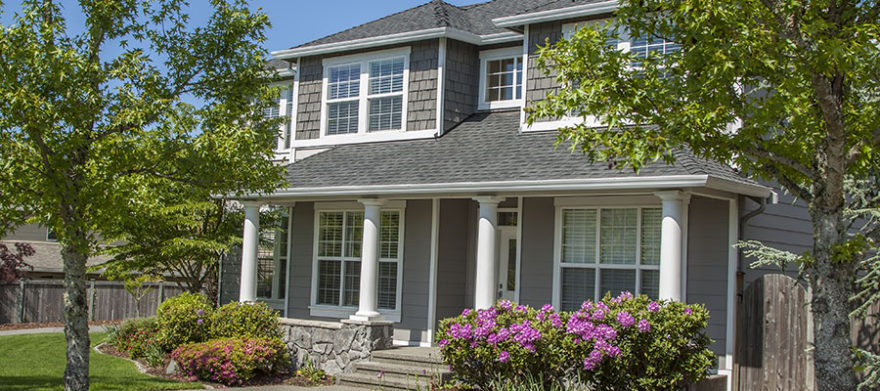
What sounds like an unlikely phenomenon could actually be a tree’s worst nightmare. More than 1 million trees are struck by lightning each year in the United States. Not only does this cause damage to trees and structures, but is also the cause of many wildfires. Working with a tree trimming company in Kirtland Hills, like Vancuren Tree Service, can help you take care of your trees if they are struck by lightning.
So how does lightning damage trees? Trees provide a path for positive charges in the ground to travel to negative charges in thunderclouds, which causes them to get struck. Even though wood does not conduct electricity well, sap and moisture within the tree can act as conductors that complete the circuit from the ground to the sky. Sap can boil and create gas within the wood along the path of the strike. The wood expands and usually explodes.
When a strike hits a tree, it boils the sap, splinters wood, strips bark, and passes through its root system. If only one side of the tree is damaged, the chances of it surviving and the wound closing are good, although a tree is usually killed when a strike passes through the trunk. A lightning strike may not immediately kill a tree, but it can severely injure the tree, and the wound can attract insects and fungi that will eventually kill it.
While all trees are susceptible to lightning strikes, factors including species (tulip trees, oak, pine, maple, in particular), height, geographic location and proximity to structures can all increase the likelihood of it being struck. Tall trees are the most susceptible. Whether it survives also depends on species, health, and age of the tree.
While you can’t prevent lightning strikes, there are some things you can do to decrease the likelihood of it being struck and protect your trees. This includes keeping them well mulched, watered, fertilized, and trimmed. This increases their abilities to heal wounds and survive if they are struck. In order to help your tree survive, loose bark and splintered wood should be cleaned from the wound to remove habitats that could attract insects and fungi. This will also help the tree compartmentalize the wound and surround it with new growth. Once it is cleaned, you can paint the wound with shellac. It should never be painted with asphalt tree paint because this can slow growth.
Sometimes a structure may be set up around the tree to help protect it. One type of structure consists of a copper cable system that extends from the top of the major trunks to the ground. Fasteners hold the cable away from the tree and protect the trunk. These structures, while effective, can be very expensive, but it is inconspicuous, doesn’t hurt the tree, permanent and very reliable. The way protection systems work is they provide a conductor for the electrical surge and transmit the bolt off the tree to a grounding system. The system safely disperses the electricity into the soil.
Be careful: do not try to make a makeshift structure from aluminum and cables because that can actually attract lightning strikes down the side of the tree.
These structures that protect trees are usually in compliance with American National Standards Institute A300 Standards, which were adopted by the Tree Care Industry Association. Even though lightning strikes are unpredictable and protection is not guaranteed, these structures are affordable and effective in preventing damage.

Some people may also use lightning bolts. Even though it is impractical to install a rod with every tree, you can narrow it down to more susceptible trees to decide which to install with a lightning rod. These structures should be inspected annually to ensure that they are intact, as well as adjusted to accommodate for growth.
Lightning is not only dangerous to trees themselves, but also nearby buildings and structures. When a lightning bolt strikes a tree and then jumps to more conductive materials like metal, it is called a “sideflash”. Trees within 10 feet of a structure and taller than its roof are most at risk to side-flashes and subsequent damage.
Damage to trees caused by lightning strikes is often irreversible, but by enlisting the help of Kirtland Hills tree pruning companies, like Vancuren Tree Service, can help you take care of the trees after they are damaged and help you protect your beautiful or historic trees from deadly lightning strikes.